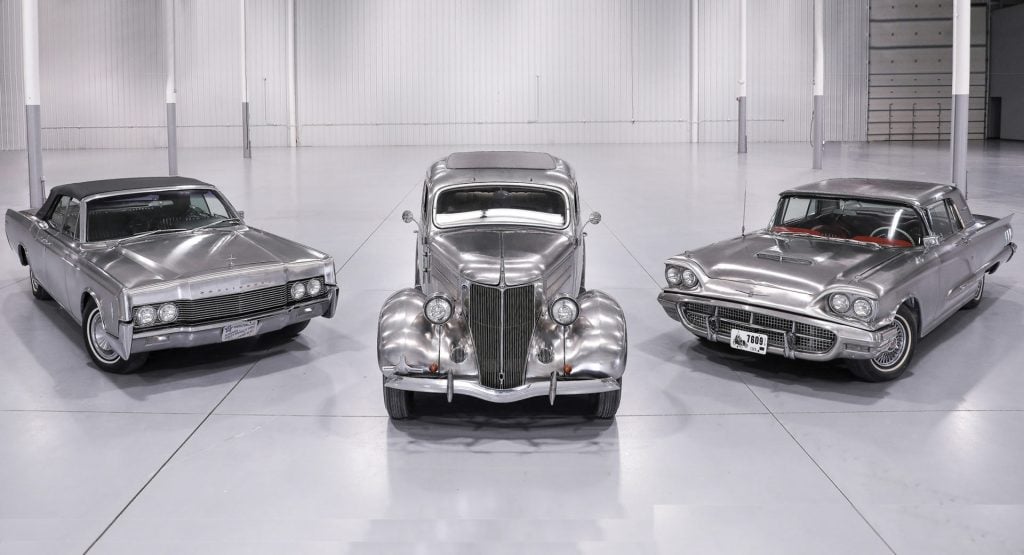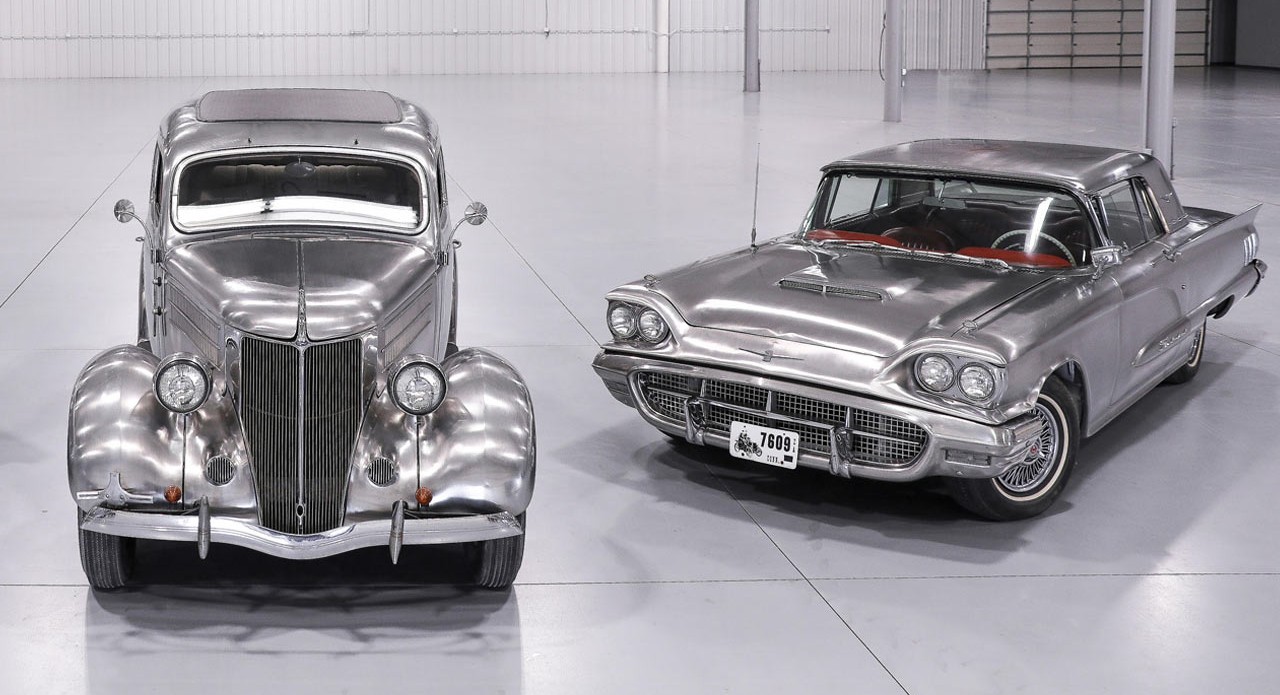There was a time when cars were built from stainless steel: giant, gleaming slabs of metal that weighed as much as a small moon and handled with all the finesse of a fridge falling down a flight of stairs. Then someone in the industry had a sudden existential crisis and thought, “Hang on, what if cars didn’t weigh a million tonnes?” And so began the great automotive diet plan. First aluminium arrived, like that lanky chap at the gym who insists he “just has good metabolism,” and then carbon fibre barged in, looking like it had been sculpted by alien overlords with a PhD in witchcraft. And suddenly, the world realised that lighter isn’t just faster — it’s downright revolutionary.

Cars made from stainless steel were durable and reassuringly robust, but they were anything but agile. As the decades passed and environmental regulations tightened, fuel costs soared, and customers demanded more nimble and efficient vehicles, it became clear that sheer mass was the automotive world’s Achilles’ heel. By the twilight of the 20th century, manufacturers understood that reducing weight was no longer a luxury or an engineering curiosity. It was a necessity.
The Aluminium Age Begins

The shift toward aluminium marked the industry’s first major revolution in automotive materials. Long used in aerospace engineering, aluminium had an outstanding strength-to-weight ratio but had historically been too expensive to use widely in cars. As global aluminium production became more efficient in the 1980s and 1990s, carmakers seized the opportunity to experiment with this metal that felt almost impossibly light compared with steel.
Audi became one of the pioneers with its Aluminium Space Frame technology. Sports cars, supercars, and even luxury saloons embraced aluminium for the performance boost it provided. Suddenly cars could accelerate quicker, handle more sharply, and achieve better fuel economy without sacrificing safety or rigidity. Even mainstream manufacturers realised that removing a few hundred kilos from a vehicle could transform its personality completely.

Still aluminium was not the perfect answer to all engineering challenges. It was costlier than steel, more complicated to repair, and not quite light enough for the most extreme performance ambitions. The automotive world began to look beyond metals entirely.
The Rise Of Carbon Fibre

Carbon fibre emerged as the material that would redefine modern automotive engineering. Developed for cutting-edge sectors like aerospace, military, and Formula 1 racing, carbon fibre reinforced polymer offered a rare combination of near-unbelievable strength, superb rigidity, and astonishingly low weight. It felt less like a material and more like a secret weapon.
Supercars and hypercars adopted carbon fibre at breakneck speed. The McLaren F1 proved its potential in the 1990s, and brands like Ferrari, Lamborghini, and Pagani followed with full carbon monocoques and body panels. The weight savings were transformative. A carbon fibre chassis could dramatically improve acceleration, cornering stability, braking distances, and even occupant safety thanks to how well it absorbs and disperses impact forces.

To engineers carbon fibre was nothing short of magic. To car enthusiasts it became a symbol of extreme performance and exotic engineering. To the industry it represented the future.
Why The Shift Was Inevitable
The progression from stainless steel to aluminium to carbon fibre was never about trends, aesthetics, or marketing spin. It was driven by necessity. Fuel-efficiency standards tightened globally, forcing manufacturers to extract more performance from smaller, cleaner engines. Electrification accelerated the pressure, because battery-heavy EVs desperately needed lighter body structures. Aerodynamic demands increased as cars chased every gram of efficiency. And manufacturing technologies evolved, making advanced composites more accessible than ever.
Each new material offered a step-change improvement in how vehicles could be designed, how they performed, and how responsibly they consumed energy.
The Road Ahead for Automotive Materials
What comes after carbon fibre is still a thrilling unknown. Some developers are exploring carbon nanotube composites, graphene-infused structures, or ultra-strong lightweight alloys. Others predict that future cars will use hybrid material architectures where metals, polymers, and composites coexist to create optimised, fatigue-resistant structures.
What is certain is that the quest to reduce weight will continue. Lightness improves everything from acceleration to handling to sustainability. And the story of materials in the automotive world has always followed one simple rule: every generation must be lighter, stronger, and smarter than the one before.











